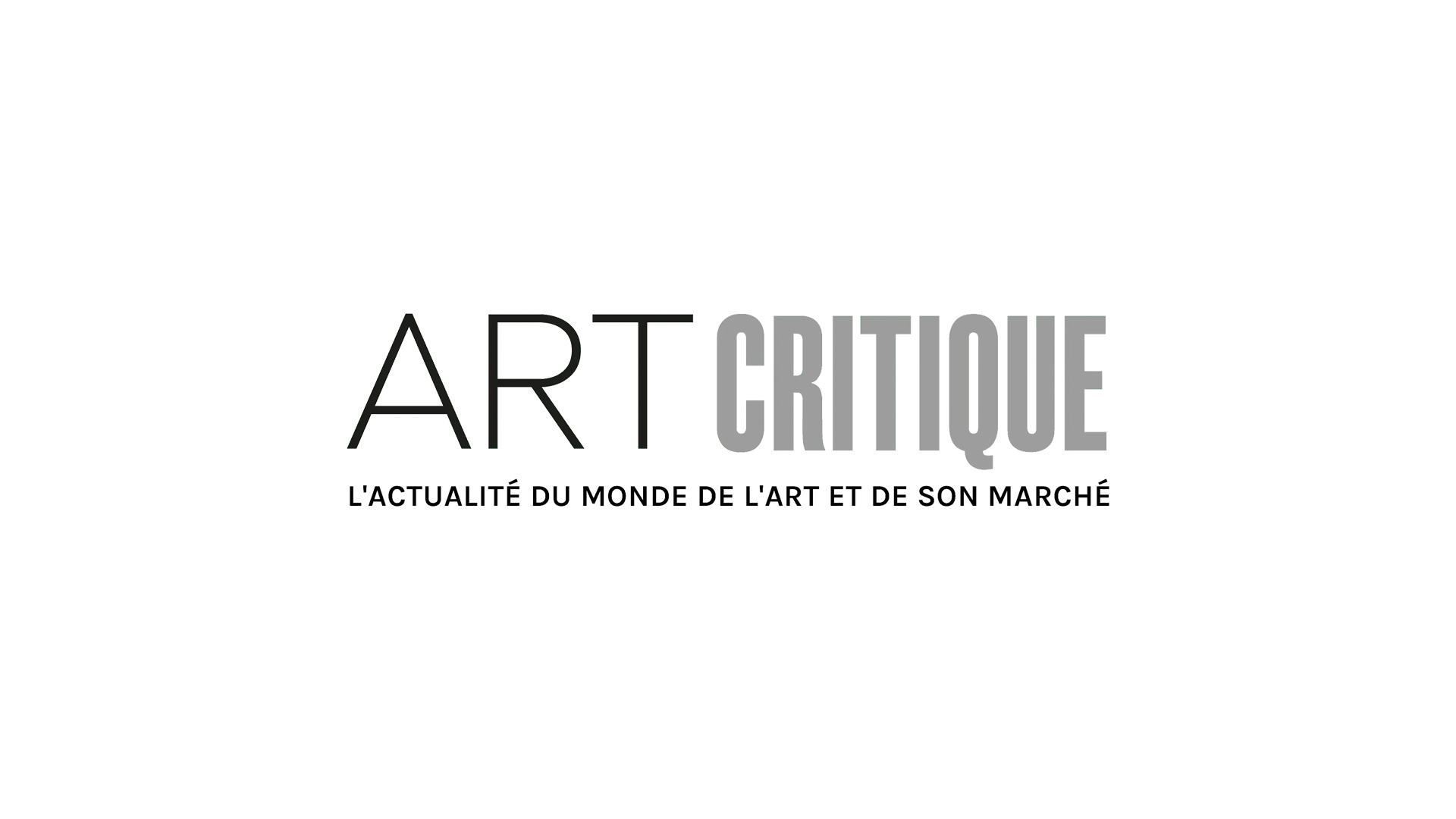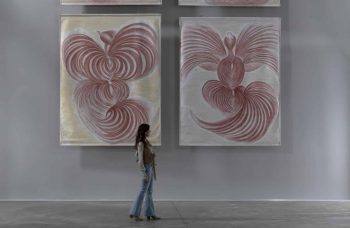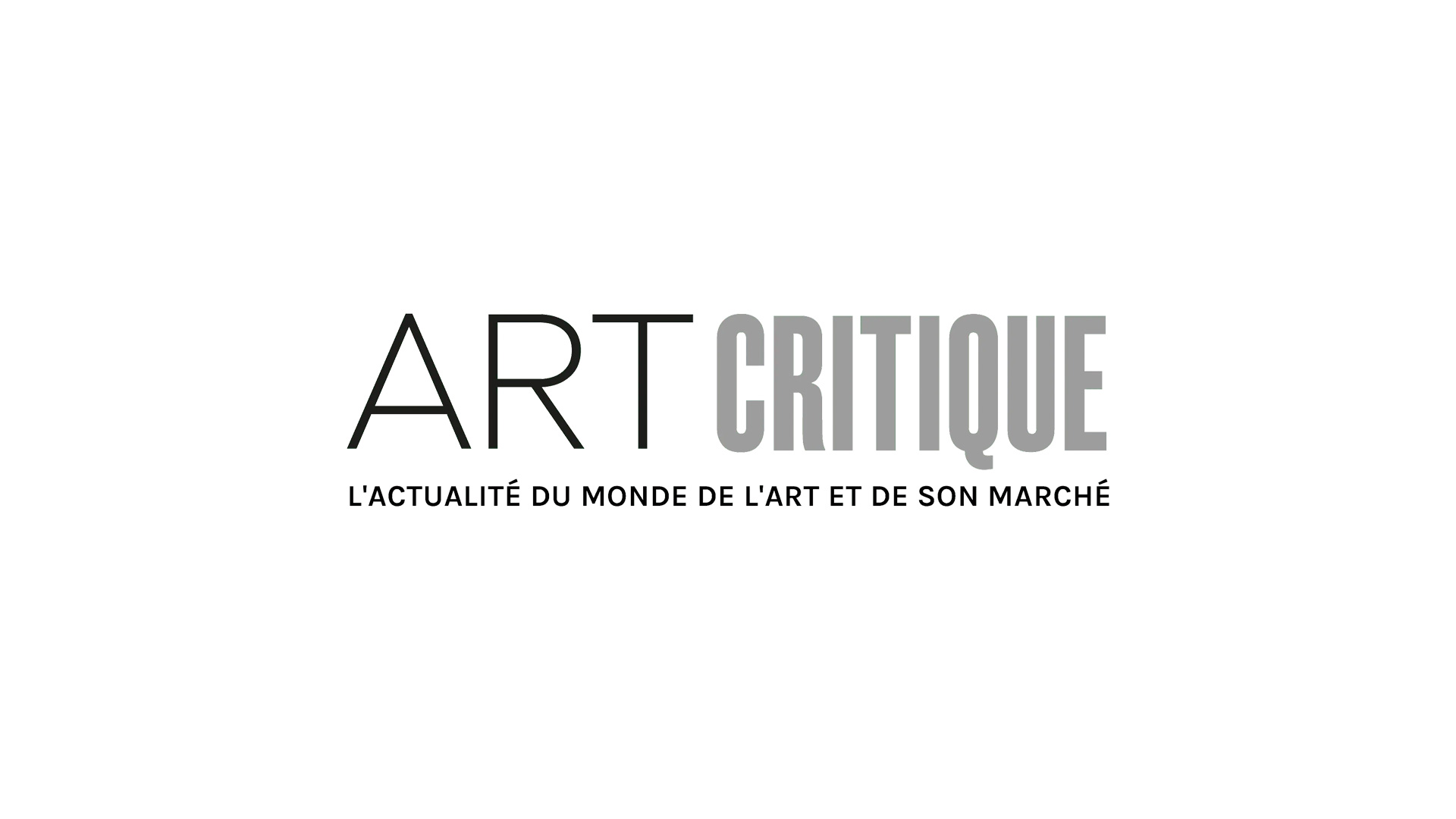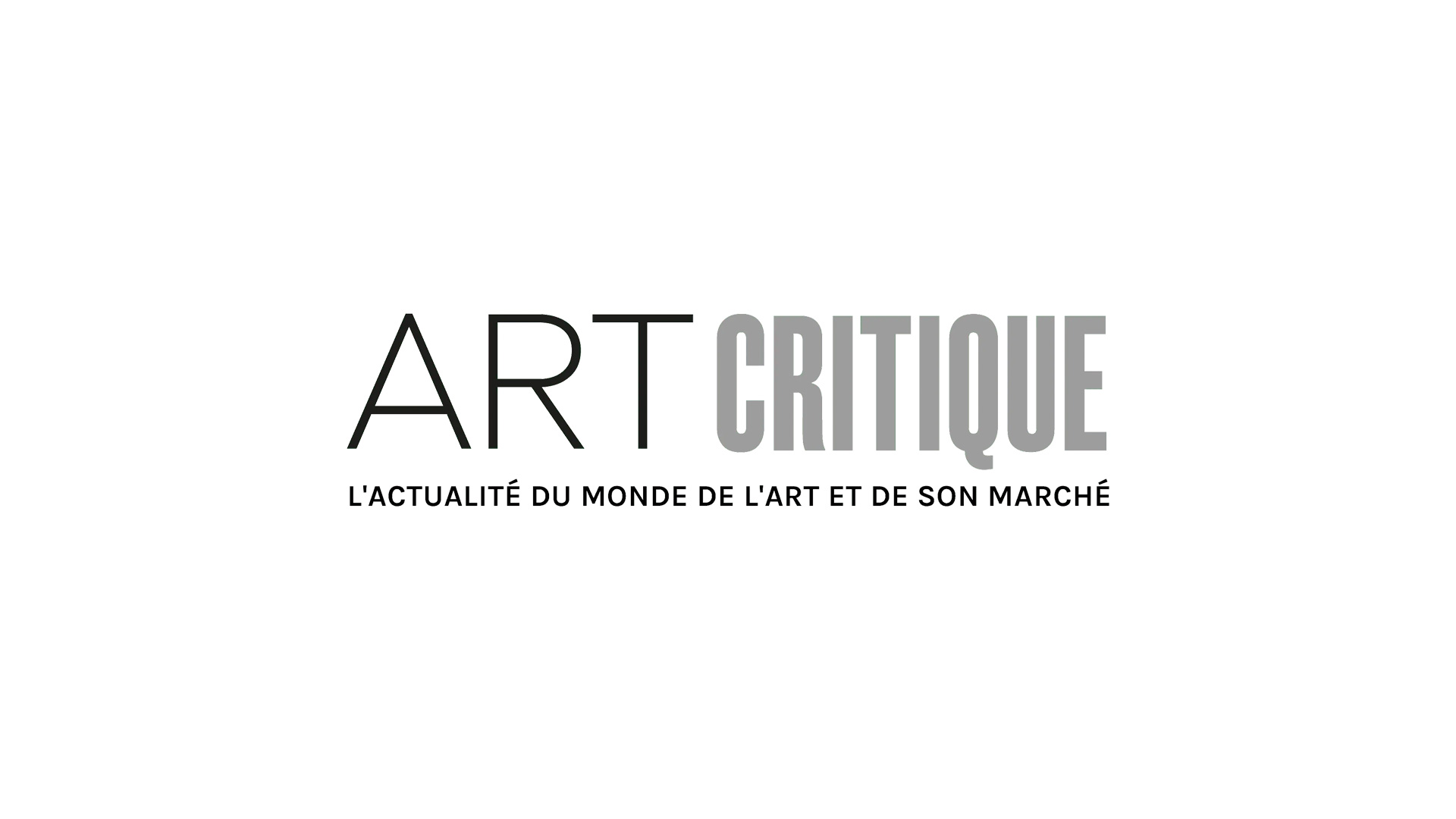In this week’s Art World Roundup, we look at a new study shedding more like on the Mona Lisa and a report with surprising information on the state of the illicit trade of cultural artefacts. Philanthropists groups in the US have banded together in an effort to support BIPOC organisations while Kevin Young has been appointed as the new director of the Smithsonian’s National Museum of African American History and Culture. Also, a victory for restitution and news that Peter Eleey will step down from MoMA PS1.
Study makes new discovery underneath the Mona Lisa
The culmination of a study, 15 years in the making, has found evidence suggesting that Leonardo da Vinci used a charcoal underdrawing in preparation for painting the Mona Lisa. The study was conducted by scientist Pascal Cotte who began the process in 2004 and recently published the results with Lionel Simonot in the Journal of Cultural Heritage. This is the first time that there has been any proof found to support the idea that da Vinci used an underdrawing. Use of Lumiere Technology’s high-resolution camera, capable of reading more than 13 wavelengths of reflected light, and Cotte’s pioneering Layer Amplification Method were critical to the discovery. After studying more than 1,650 images of the Mona Lisa, Cotte found small dots, indicative of spolvero, along the Mona Lisa’s hairline and hands. Spolvero was a common technique used to transfer a drawing onto a canvas by punching small holes along the lines of a drawing then holding the drawing was against a canvas and rubbing charcoal across the holes. In the end, small charcoal dots were left on the canvas to give the artist a guideline for their work. Analysis of the underdrawing also shows that da Vinci shifted the Mona Lisa’s pose ever so slightly after laying out the underdrawing and the study suggests that the guideline may well have been used to make other copies of the famed portrait. “These discoveries increase and increase the mystery of its creation,” Cotte told Express, “in the end we understand that it is the work of a very long ‘creative act’—which spans more than a decade and in several stages,”
Millions culled together in support of US BIPOC organisations
Based by an $85 million (~£65 million) contribution by the Ford Foundation, more than $156 million (£120 million) has been pooled together by sixteen major donors to go towards Black, Latinx, Asian, and Indigenous arts organisations around the US. The Studio Museum in Harlem, Chicago’s Project Row Houses, the Museum of Contemporary Native Arts in Santa Fe, and the Apollo Theater in Harlem are among those who will benefit from the initiative. Donors have dubbed 20 of the organizations to be “America’s Cultural Treasures” and will receive grants between $1 million and $6 million (£773,000 and £4.6 million). Another component of the initiative will directly support smaller organisations across the US, who will be named in 2021. “These organizations represent the very highest ideals of artistic excellence and are truly America’s cultural treasures,” said Darren Walker, Ford Foundation CEO, in a statement. “We hope that other arts philanthropists and corporations will join in increasing support to the many cultural organizations that reflect our nation’s rich and diverse history.”
Just how big is the market for illicit cultural artefacts?
Another recent report that has garnered the attention of the art world was released by the World Customs Organization that found the illicit trade of cultural artefacts to have a significantly smaller scale when compared to other smuggling categories. While other studies in recent years have reported that the illicit trade of antiquities and cultural property to be the third largest black-market industry, behind only drugs and arms, the WCO states otherwise. It’s 2019 Illicit Trade Report, released in July instead of January after delays due to COVI-19, found cultural property to make up just 0.2 percent of seizures reported globally by Customs authorities. In 2017, that figure was the same and in 2018, cultural property accounted for just 0.08 percent. The WCO’s report identified six overall categories with cultural heritage being broken down into 13 subcategories including “statues and sculptures,” “books and manuscripts,” and “works of art.” While the WCO pointed out that cultural heritage is by far one of the most complex categories and that delayed reporting, to safeguard ongoing investigations, might account for some underreporting, its reach is far smaller than even the next smallest category: the environment. The report also pointed out that increased numbers in other categories might not be due to an increase in activity, but better techniques used by Customs authorities. The full report can be found here.

Kevin Young named director of National Museum of African American History and Culture

Lonnie G. Bunch III has selected Keven Young, poetry editor for the New Yorker and director of the New York Library’s Schomburg Center for Research in Black Culture, to take leadership of the Smithsonian’s National Museum of African American History and Culture. The Washington, DC museum opened in 2016 under the direction of Bunch in 2016 and has been led by interim director Spencer Crew since Bunch was appointed to be the secretary of the Smithsonian in 2019. Young, who has published 11 books of poetry and was a professor at Atlanta’s Emory University for more than a decade, will continue his work with the New Yorker but step away from the New York Library to join the Smithsonian museum in January as director. “We are definitely at the center of that conversation,” Young told the New York Times in an interview discussing the role of the museum amidst heightened tensions around race and police brutality. “What I am struck with is how the museum tells the story of the long civil rights struggle, which didn’t start this summer, and provides that context. People want to understand how we got there.”
Three paintings to be restituted after ruling in French court
A Paris court ruled in favour of the family of Jewish art dealer René Gimpel, who was killed during the Holocaust. With the ruling, three paintings created by the Fauvist André Derain and later looted by Nazis will be returned to Gimpel’s heirs. Gimpel’s family has been seeking the return of three paintings, now known as Paysage à Cassis, La Chapelle-sous-Crécy, and Pinède à Cassis, and were refused by the courts last year due to insufficient evidence of a forced sale. The family appealed the ruling and it was overturned after the Paris court found that the paintings were sold under duress. His family is still seeking the return of other artworks once owned by the art dealer. Gimpel owned galleries in both Paris and New York who heavily supported the work of modern artists. The three Derain paintings were acquired by Gimpel in 1921 and were renamed over the following years. Gimpel died in 1945 at the Neuengamme concentration camp in Germany. The three paintings to be restituted are currently held at the Modern Art Museum in Troyes and the Marseilles Cantini Museum.
Peter Eleey to step down from MoMA PS1
MoMA PS1 chief curator Peter Eleey has announced that he will step down at the end of the year after having worked with the museum as a curator since 2010. In an email to ARTnews, Eleey said: “The many impacts of the pandemic—on the museum, on the city, and on all of us—have moved me to think about the next chapters in my work and my life, and I have decided to step down as Chief Curator at the end of the year.” Eleey became chief curator in 2016 and during his time at PS1, he has helped bring solo exhibitions, for artists including Simon Denny, James Lee Byars, and Ian Cheng among others, and group shows. In 2018, Eleey faced a discrimination complaint filed by Nikki Columbus, who in claimed she was offered the position of PS1 curator of performance in 2017 but it was taken away after she informed Eleey that she’d recently had a baby. That claim was settled last year for an undisclosed amount.






